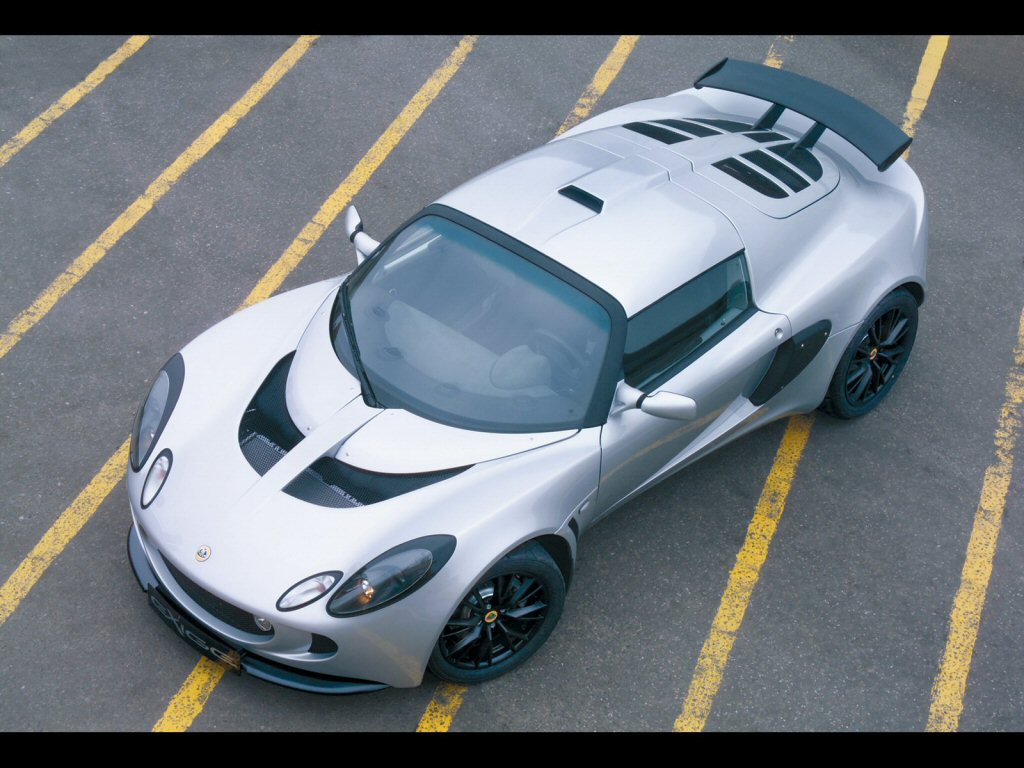
There are many cars shared VVTL-i engines
| LOTUS ELISE: It's not how fast it can go. It's how your heart beats in a few seconds. Never mind that Lotus is one of the world's legendary sports car marques, or that every Lotus was borne out of ingenious, clever engineering. It doesn't really matter that the ride and handling of the Lotus Elise is outstanding, or that its sharp communicative steering, quick throttle response, precise braking and balanced aerodynamics all contribute to the Lotus experience of sublime performance. What really matters is when you get that shiver down your spine. Or why all your senses just get fixated on one thing. The Lotus Elise 111R is the pinnacle of the Elise range. Its Toyota Celica's VVTL-i engine delivers 192 bhp (with Lotus-Supercharger, the bhp will be significantly increased) and exhilarating performance in a blip of the throttle, pure communication between man and machine. The finely tuned chassis harnesses the increased power effortlessly, while razor sharp dynamics embrace your every wish. It is this bond between you and your Lotus that brings every nuance in the road direct to your fingertips, taking you on the journey of your life, every time. | 
|
|---|
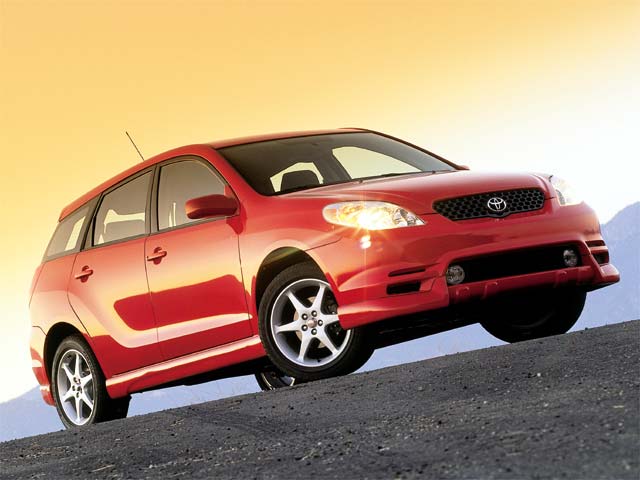
| TOYOTA MATRIX XRS: which is shared the engine of Celica GTS. Imagine a car with the utility of a wagon, the styling of a hatchback, and the seating position of an SUV, all squeezed into the length of a compact car. Base and XR models come with a 130 horsepower engine, 5-speed stick and front-wheel-drive. Automatics get only 123 hp, but they com bundled with an electronic skid-control system. All-wheel-drive (AWD) is available, but only with an automatic. The XRS is a different beast entirely, with a 170hp VVTL-i engine (borrowed from the Toyota Celica GT-S) and six-speed manual transmission, but no automatic. |
|---|
| TOYOTA COROLLA XRS(U.S.Version) & COROLLA TS(Europe Version): which is shared the engine of Celica GTS. Today, the Corolla is in its ninth generation and for 2005 the Corolla XRS is the hot news. With its lowered stance and a wing on the rear deck, this one isn't as invisible as other Corollas. It promises to deliver more driving excitement--and thanks to a retuned 1.8-liter four-cylinder borrowed from a Celica GT-S, it does exactly that.The 1.8-liter with 160 horsepower begs to be revved high and driven hard. A stiffened suspension system on the XRS model adds handling prowess to this performance package. The only transmission available is a six-speed manual, with gearing that jerks passengers around if shifted less than judiciously. It's very close ratio and you'll shift frequently. The drivetrain is front-wheel drive, which doesn't help performance driving. But torque steer is fairly well controlled in hard launches or coming out of a corner under full acceleration. It is that the high-revving engine--which feels like a supercharger kicked in from 7,000 to 8,000 rpm!--buzzes everything on the car. | Corolla XRS(U.S.Version)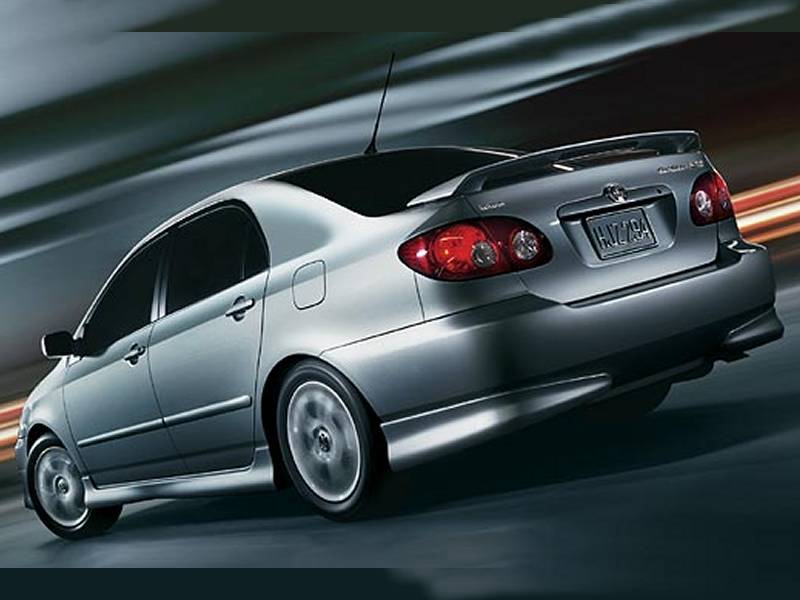 Corolla TS(Europe Version)
Corolla TS(Europe Version)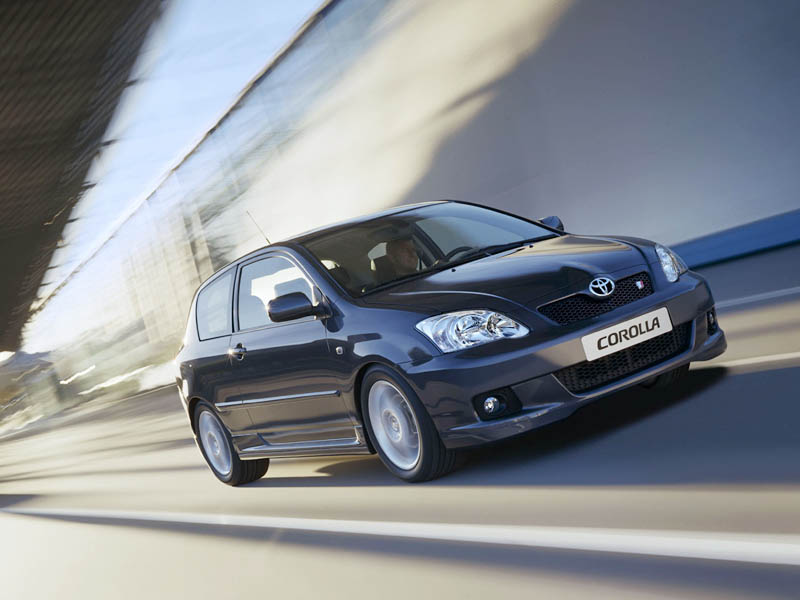
|
|---|
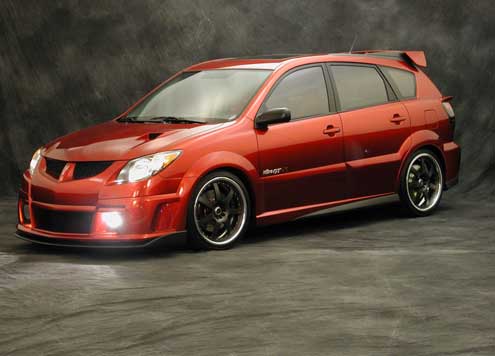
| PONTIAC VIBE GT: shared the engine of Celica GTS. The Vibe, especially in GT form, is sort of a tall station wagon / sports car cross. It is very similar in size and interior versatility to the Chrysler PT Cruiser, but with ultra-modern rather than retro styling. It was engineered by Toyota on the new Corolla chassis and is manufactured in a GM-Toyota joint venture plant managed by Toyota in California. Toyota sells a vehicle that differs largely in exterior styling as the Matrix. Three models are offered: a base front-wheel-drive model with a 130 horsepower engine, an all-wheel-drive model with a 123 horsepower engine, and a GT model with a VVTL-i 170 horsepower engine (also used in the Celica GT-S). Though the high output engine uses a different block with a shorter stroke to enable higher engine speeds, all of the engines are the same size, four cylinders displacing 1.8 liters. The key variable is how high in the RPM range each engine maintains its torque output (i.e. breathes). |
|---|